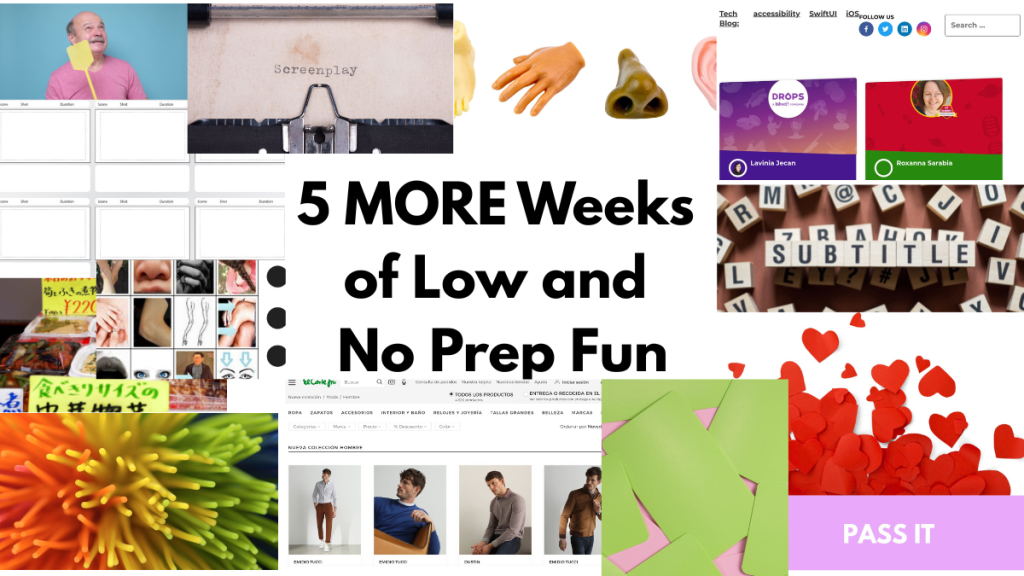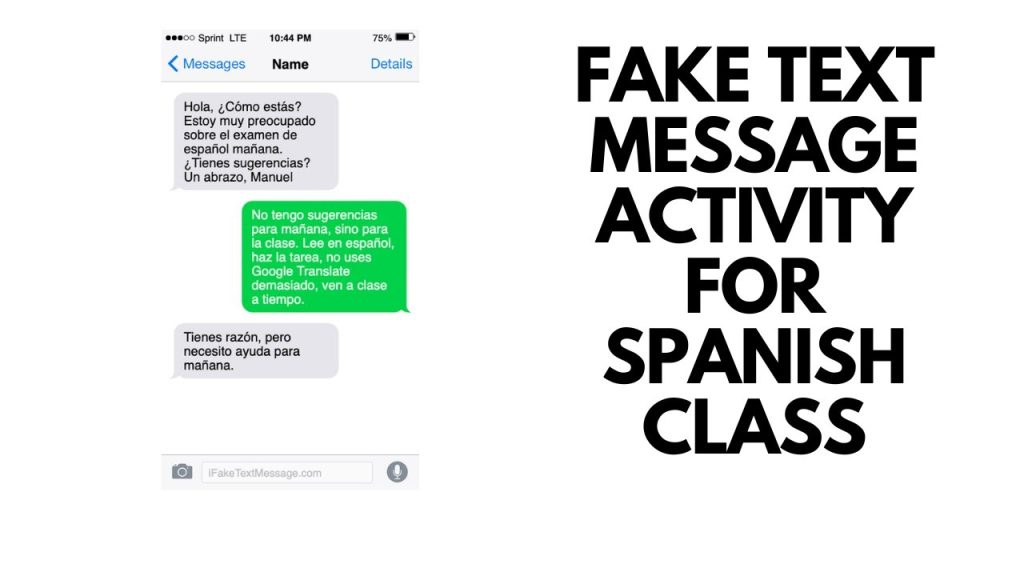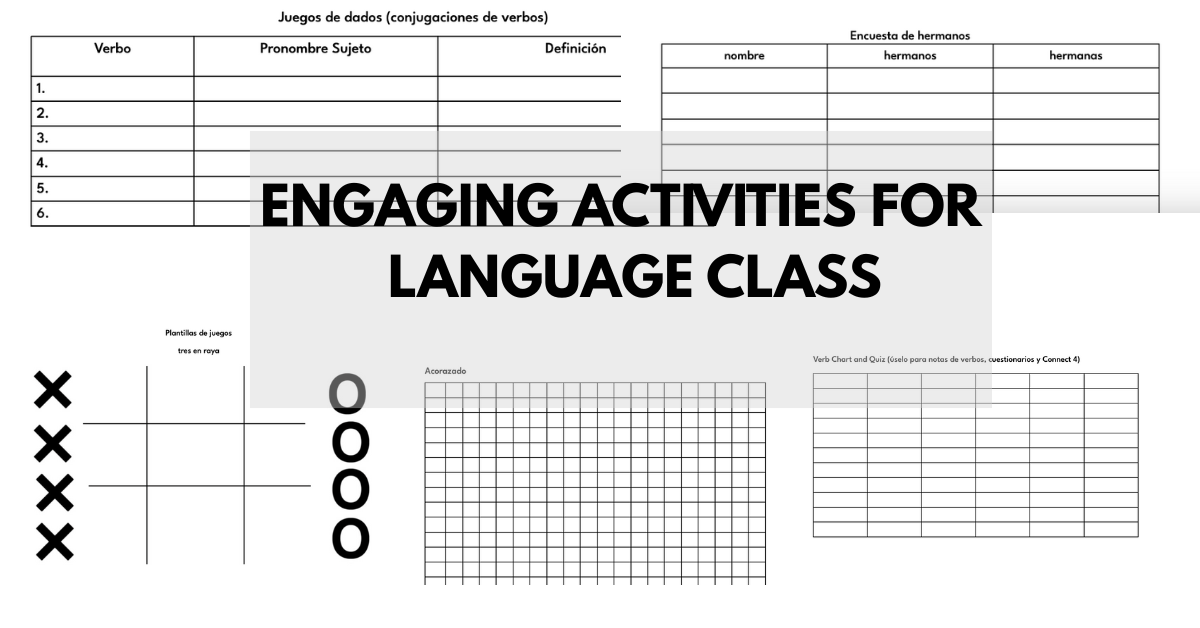
In this post I share a collection of practical, classroom-tested activities designed to bring proficiency-based language teaching to life. They focus on clear targets, low-prep games, meaningful reading and writing tasks, and ways to build student risk-taking and engagement.
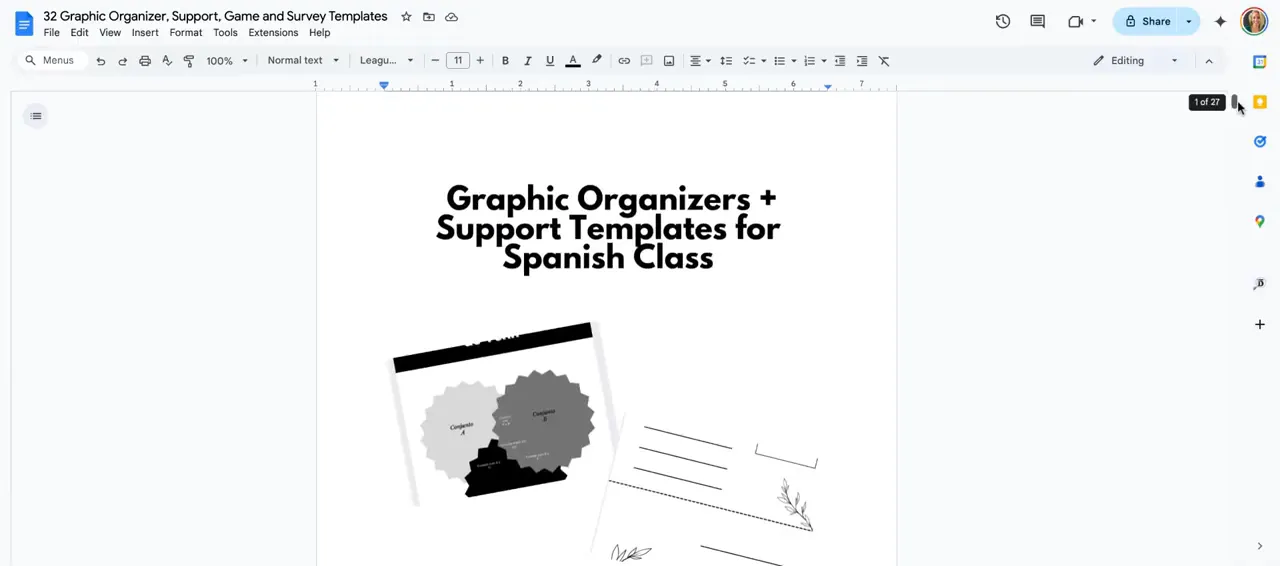
Why a proficiency orientation matters
Start by asking two questions: What level is the goal (the target), and where are students now? That gap—what students can do now versus the target—is where teaching should focus. A simple checklist for a proficiency-oriented classroom helps keep those decisions front and centre and guides activity selection and assessment.

Quick templates and classroom-ready games
Templates are the backbone of low-prep, high-impact lessons. I like to have editable templates (for example, on Canva) that let me create a variety of comparative tasks and games quickly. Below are a few favourites that work well for verbs, grammar practice and pairwork.
Games for grammar and verbs
- Three-in-a-row for verbs: Students practise verb forms while trying to get three in a row. It’s simple, competitive and perfect for short practice bursts.
- Battleship: Use verb forms or vocabulary in grid-battleship format so students have to ask and answer to find the “ships.”
- 9-grid bingo: A quick bingo with nine squares—great for conjugation forms or irregular verbs.
- Verb chart + quiz: Build a chart for a target verb set, then quiz students using the chart as scaffolding to support accuracy.
- Connect Four for verbs: A no-prep game that encourages strategic use of verb forms in context.
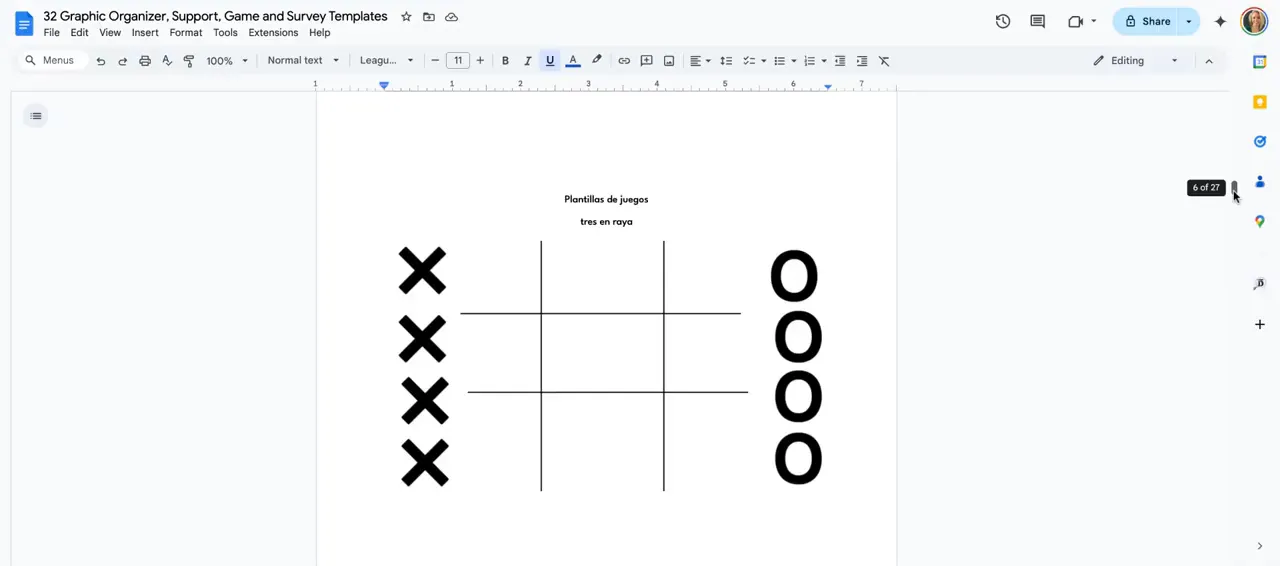
The Error Game: grammar teaching with low-risk risk-taking
The Error Game is one of my favourites because it builds a classroom culture where students take risks and learn from mistakes. Procedure in brief:
- Collect really common errors (anonymous and de-identified).
- Present those errors in a game format.
- Students identify the error, propose the correction, and earn points for correct answers.
This keeps the focus on language forms in context rather than on individuals, and it creates lots of meaningful practice and explanation opportunities without shaming anyone.
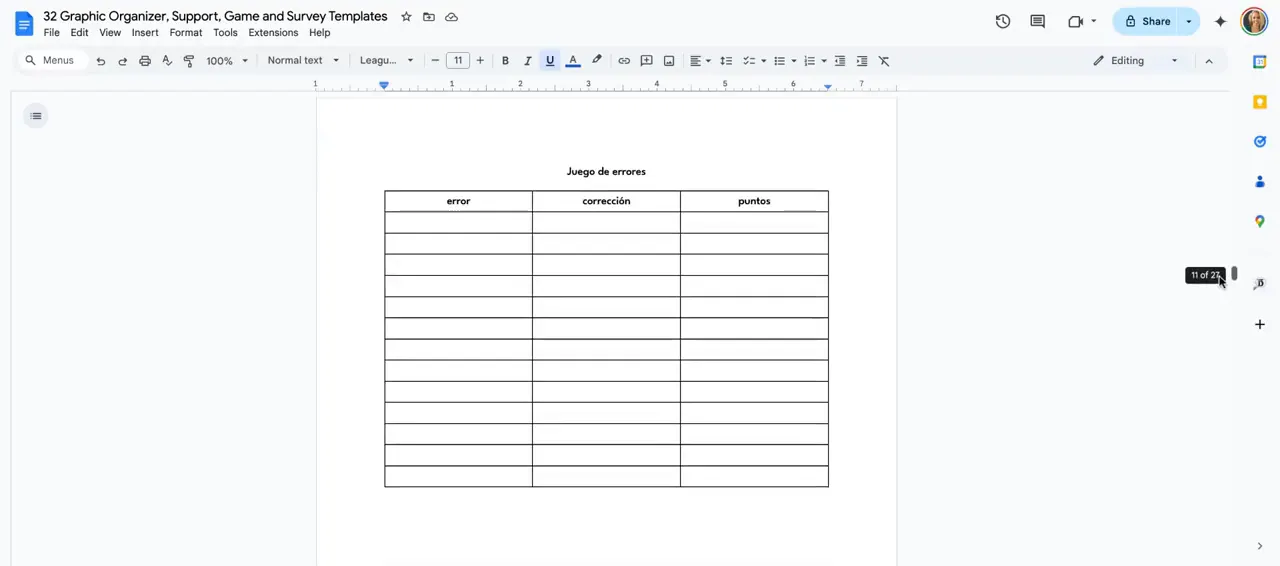
Quick Q&A and dice games
Simple Q&A templates and dice games are perfect for warm-ups or gentle speaking practice. They’re flexible: adapt the prompts to your target structures or vocabulary and let students use the language repeatedly in low-anxiety exchanges.
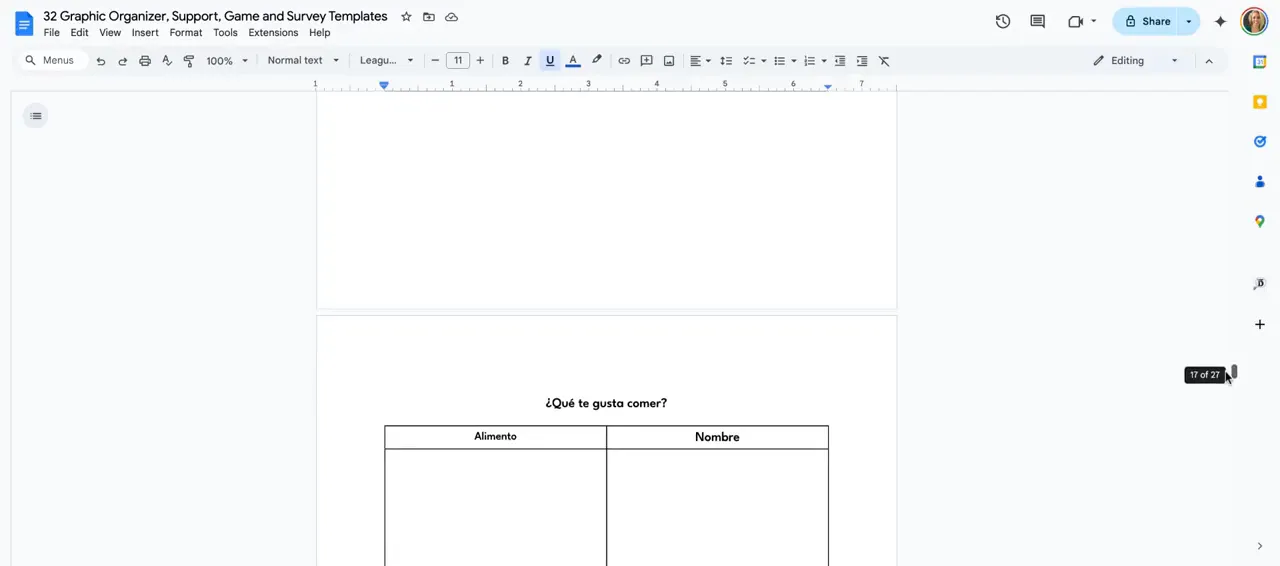
Activities that build speaking fluency: surveys and reporting
Surveys are a brilliant way to get students moving and talking. Hand out a short survey (birthdays, favourites, colours, animals, days of the week), send students to interview classmates, then ask them to report out the answers. This sequence promotes comprehension, interpersonal practice and presentational output.

From reading to writing: a scaffolded summary activity
One of my favourite scaffolded tasks for reading comprehension and writing production goes like this:
- Give students a short piece of target-language text (e.g. a Spanish paragraph).
- Ask them to skim and note three points of interest.
- Have them write questions that can be answered from the text (encourages careful reading).
- Finally, students write a short summary using the information they collected.
This sequence—reading for gist, generating comprehension questions, then producing a summary—moves students from receptive to productive skills with clear scaffolds.
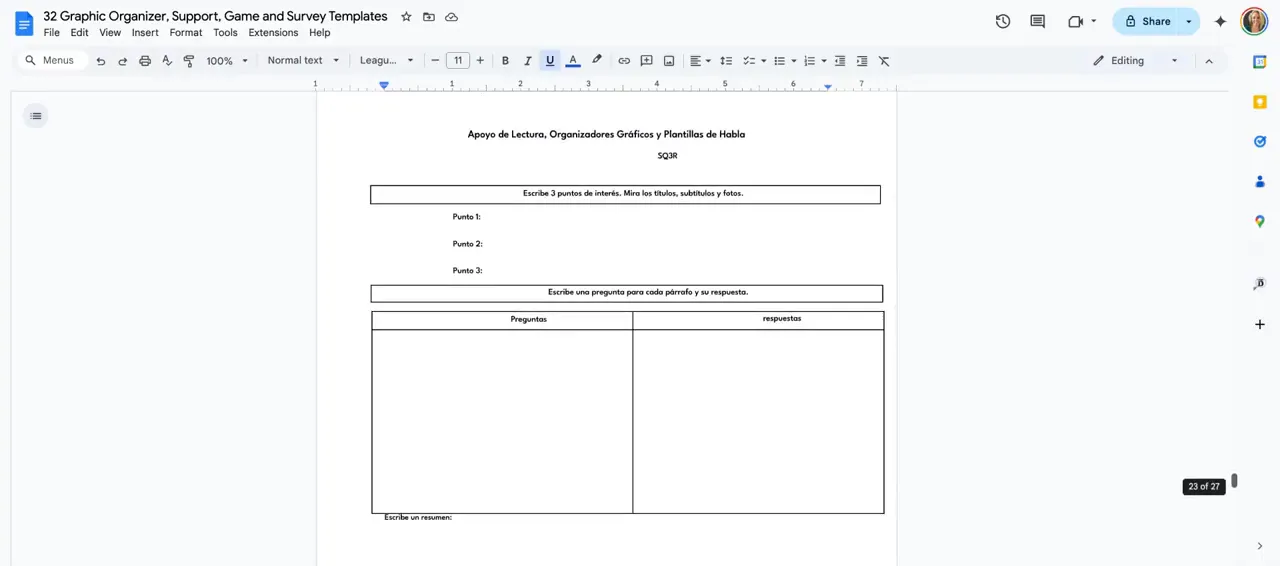
Advanced practice: argumentative writing with opposing sources
For advanced learners, I use an argumentative template that requires at least two sources with opposing viewpoints. The steps are:
- Provide two sources with contrasting perspectives (for example, an article about banning bullfighting in Barcelona and a podcast on its history).
- Ask students to extract key points from each source.
- Students organise their opinions, cite evidence from the sources, and write an argument where they agree, disagree, or nuance their position.
Other topical examples include debates about homeschooling or any issue with polarised viewpoints. The key is explicit input from differing perspectives so students can build evidence-based opinions in the target language.
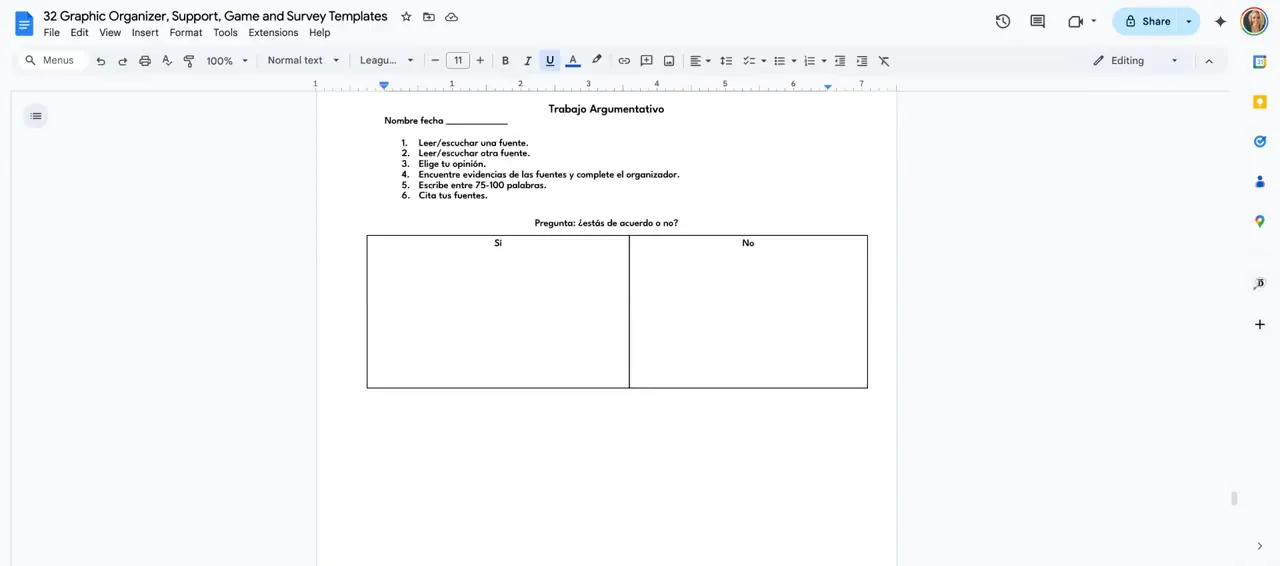
Culture, comparison and quick planning
A T-chart is a deceptively simple yet powerful tool for helping students compare and contrast cultural practices or ideas. Use it to get learners comfortable naming similarities and differences before moving to extended speaking or writing.
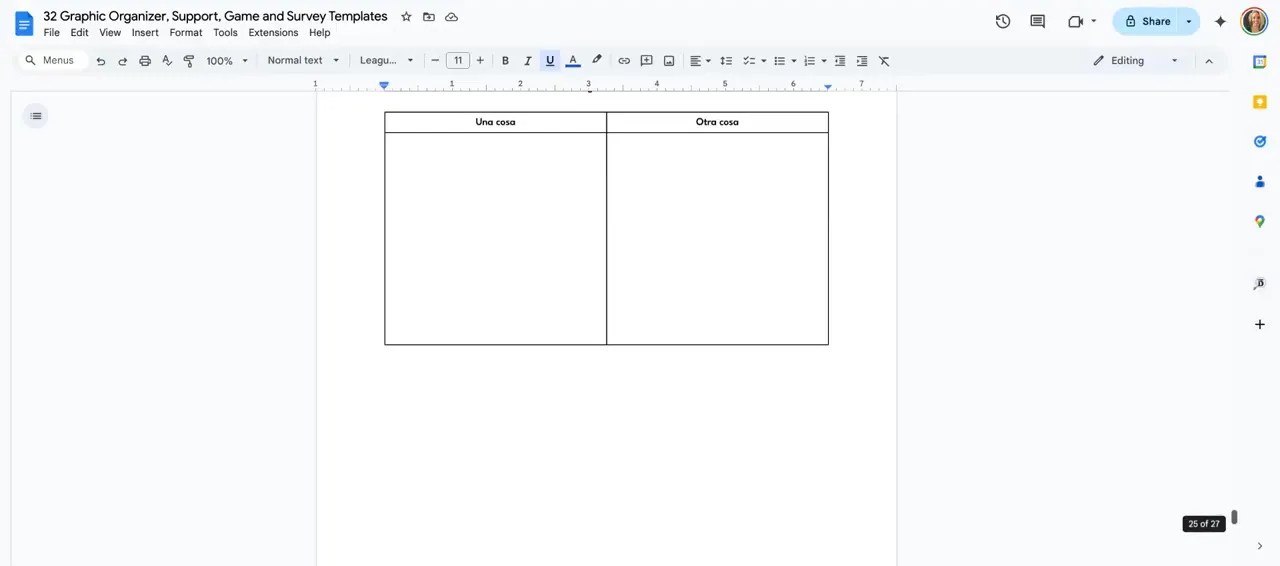
Finally, keep a simple lesson plan template handy. A short, focused plan that aligns activities to the proficiency target and notes supports/scaffolds will make these templates much easier to implement week after week.
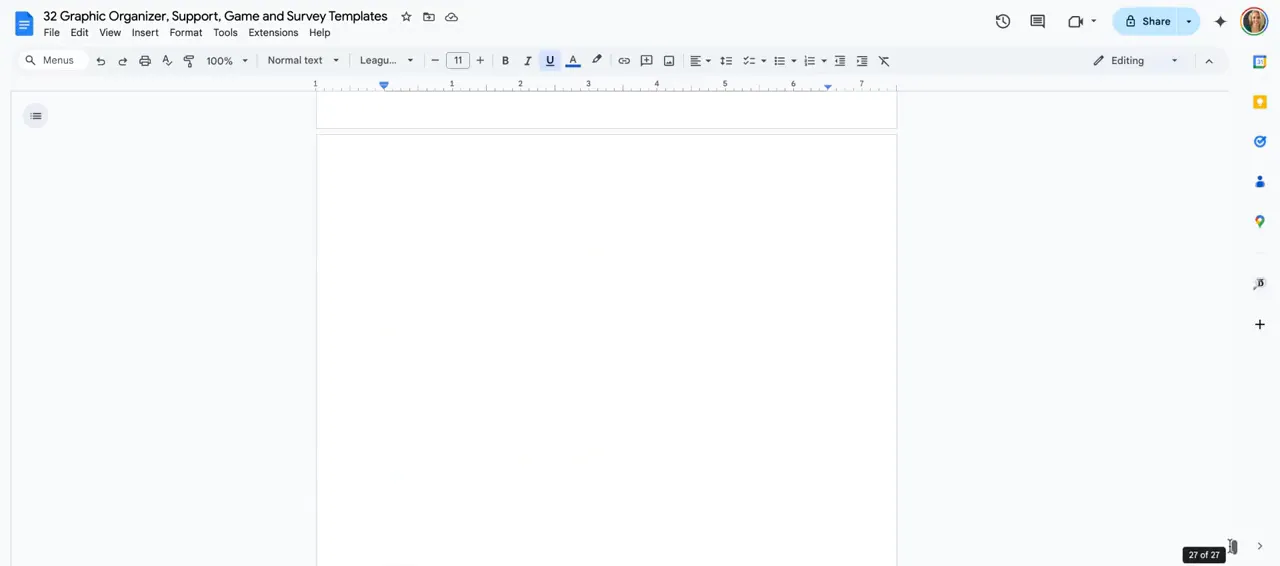
Putting it into practice
These activities work best when they’re chosen with the proficiency target in mind and when students are supported to take risks. Use templates to reduce prep time, rotate games and tasks to maintain novelty, and scaffold reading and writing so learners move steadily from comprehension to production.
Try implementing one activity this week and add one more next week—small, consistent changes build a classroom where proficiency grows naturally.
“Remember what level is the goal, the target, and where are we now? And then it’s always filling in the gap.”
5 Weeks of No and Low Prep Fun
Need quick, engaging activities for your class? This free guide includes 25 no-prep and low-prep ideas to save time while keeping students excited about learning.
Download your free copy now.
Get all the downloads, resources and templates in the membership.
Want another resource for your Spanish class? https://reallifelanguage.com/leccion-audio-barrio-de-las-letras/
